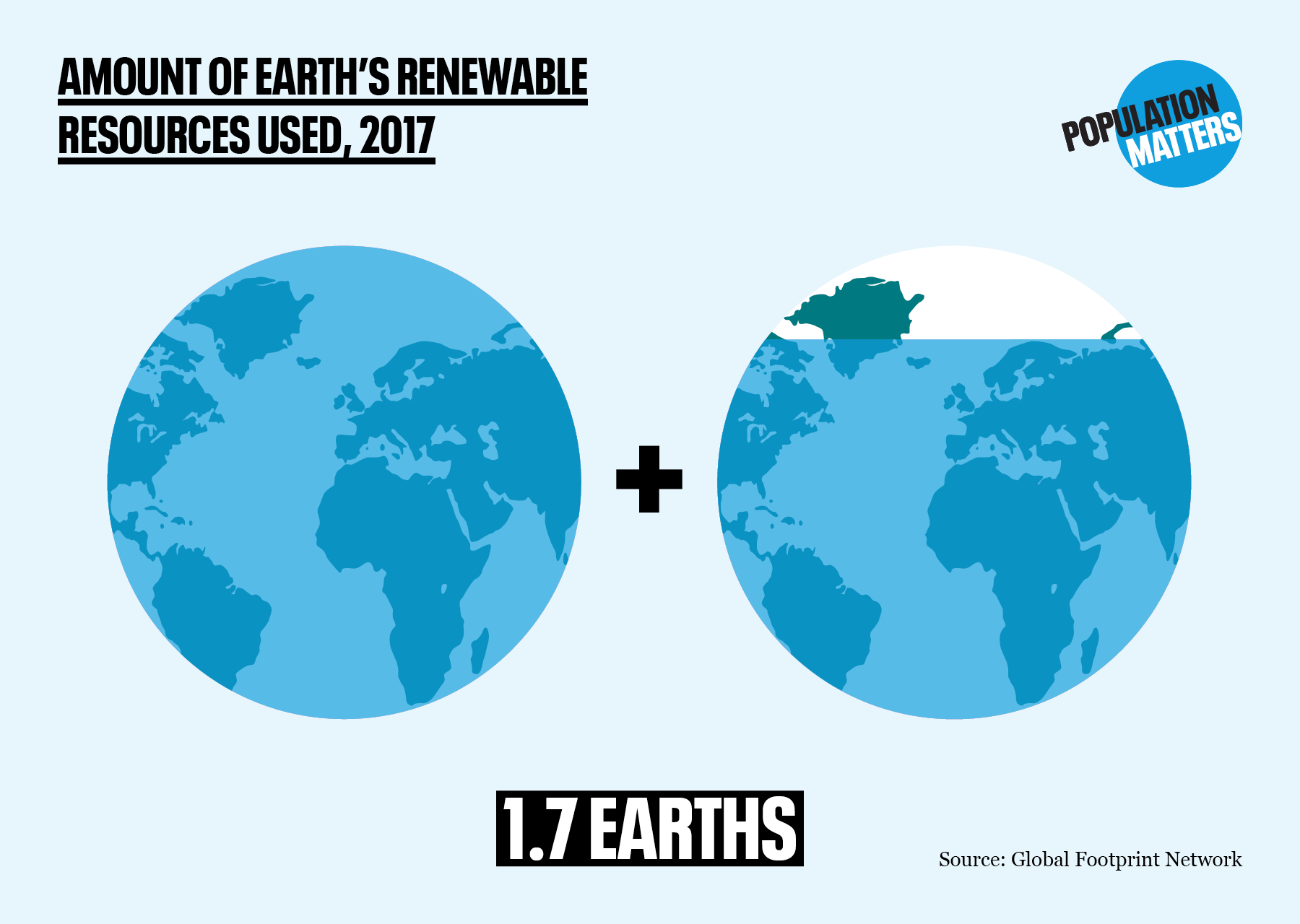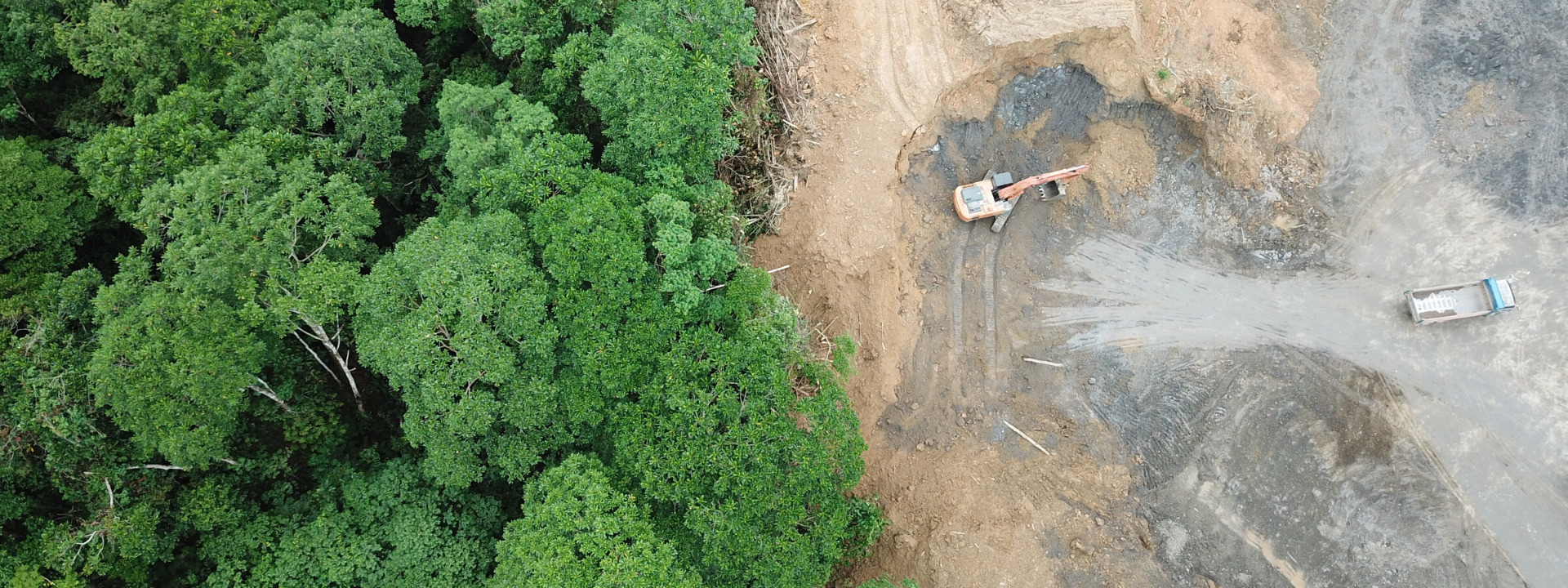
Progressives Should Steer Clear of Pronatalism Trap
An article in The New York Times, an American daily newspaper, calls for progressive politicians to adopt the pronatalist policies promoted by JD Vance. Campaigns and Media Officer Madeleine Hewitt responds and explains why progressives must address population growth as an environmental issue and avoid the pronatalism trap.
Donald Trump’s vice-presidential candidate JD Vance has recently dominated news headlines with his ‘childless cat ladies’ remarks. Mr Vance’s comments were made in the context of criticising people who do not have children. He has been vocal in advocating for pronatalist policies that encourage people to have more children. This is part of the ongoing Donald Trump presidential campaign.
JD Vance has also expressed his support for a nationwide abortion ban. You can find out more about him and his stance on women’s reproductive rights in the US here.
In response to JD Vance’s comments, The New York Times published an opinion that called for progressive politicians, those considered left-leaning, to also adopt pronatalist policies, dismissing the environmental impacts of continued population growth. We sent the following letter to The New York Times in response.
Our Response
JD Vance’s pronatalist rhetoric is a red flag to progressives that women’s reproductive rights are being attacked in favour of outdated ‘continuous growth’ models destroying a world with finite natural resources. Humanity is in ecological debt, demanding the equivalent resources of 1.7 earths (Global Footprint Network). To dismiss the environmental impacts of continued population growth as ‘unconvincing’ literally misses the wood for the trees, when increasing deforestation, overfishing, and new oil and gas licenses, are all driven by rising demand from a growing, not declining, global population, on track to hit 10.3 billion in the next 60 years.
Our unsustainable numbers and demand are driving the triple planetary crisis: climate change, biodiversity loss, and forever chemical pollution. It’s not overconsumption or population growth, progressives must address both. The IPCC is absolutely clear, in its 2022 report citing population growth as one of the two strongest drivers (alongside per capita GDP) of carbon emissions. Progressive policies should be focused on paving the way for an older workforce, within a fairer, circular economic system, that better favours people and the planet.
Look At the Numbers
On 1 August, we passed Earth Overshoot Day. This means we have depleted the natural resources and services in a given year that the Earth can sustainably regenerate. In short, we’ve used up the planet’s annual resource budget in just 7 months.

The United Nation’s Global Resources Outlook 2024 message was clear. Unsustainable demand is the main driver of the triple planetary crisis: climate change, biodiversity loss, pollution and waste.
Continued population growth is at the core of the world’s resources crisis. It’s disappointing that editorial pieces often so casually dismiss the detrimental environmental impacts of population growth.
The scientific evidence is clear that continued population growth is making all our environmental crises harder to solve. Yet the only numbers many tend to focus on are lowering birth rates, when fewer babies is a positive sign.
It’s time to start looking at the whole picture and literally see the wood for the trees. Focus should be on not just the number of babies born per year, but also the number of trees cut down worldwide, and recognise how the former drives the latter.




